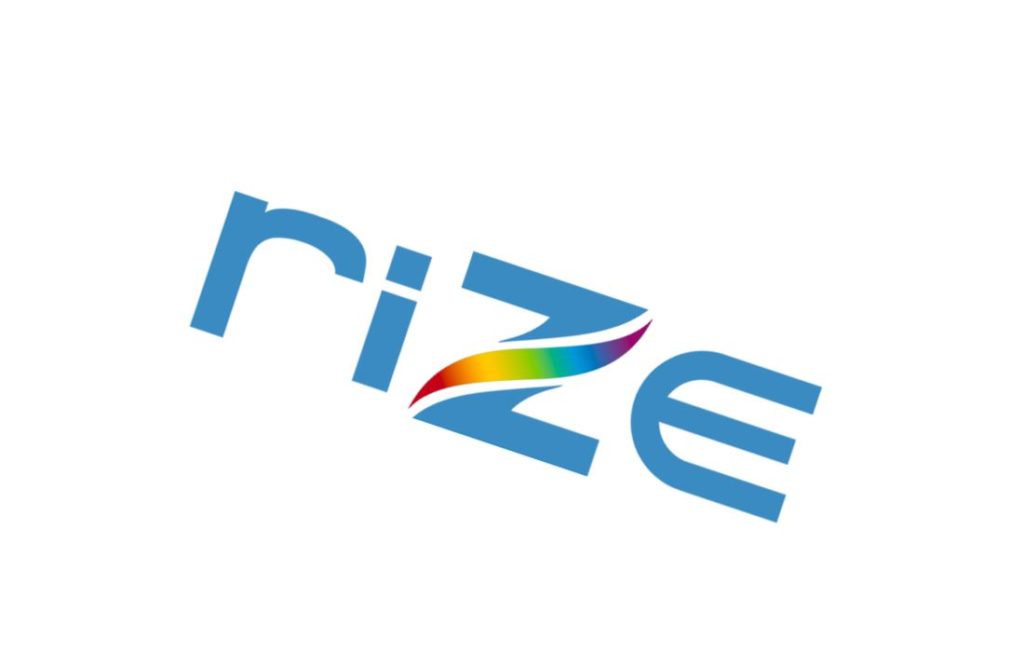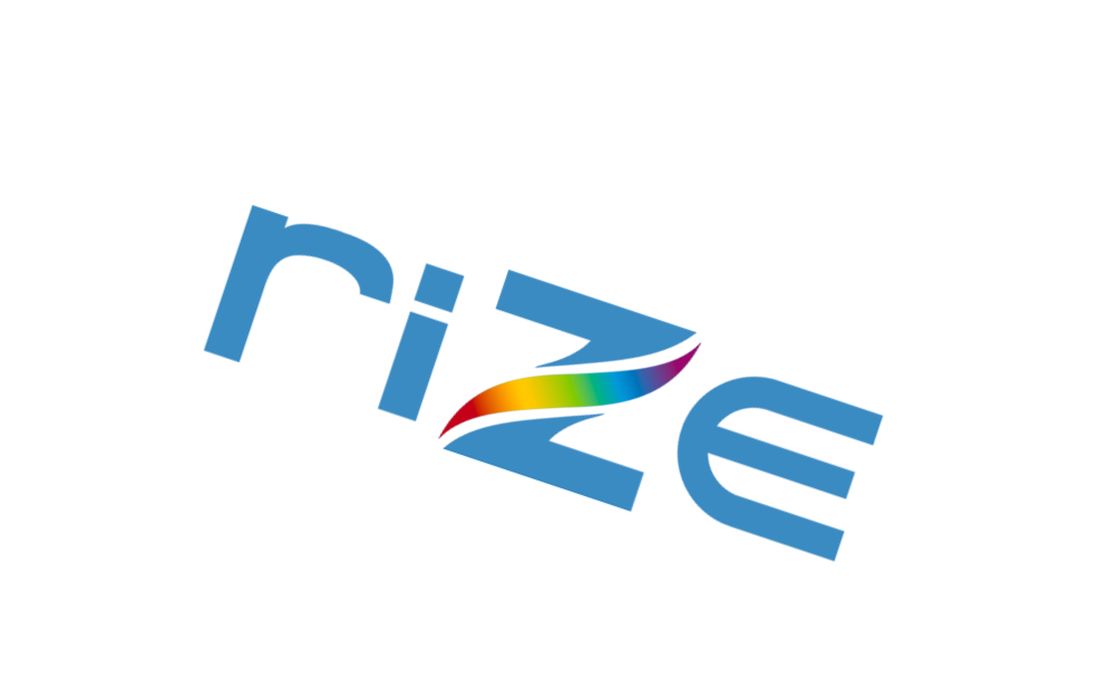
Apparently there have been massive changes at RIZE, and the company no longer appears to be marketing 3D printers.
The company, launched in 2011, brought forth an innovative 3D printing approach that merged FFF and inkjet technologies. Their tech allowed a pass from an inkjet head over each deposited thermoplastic layer.
This seemingly innocuous capability enabled many incredibly interesting functions, including:
- The ability to drop a separator fluid between support and model, making support structures literally fall off the print
- The ability to “ink” labels, serial numbers and similar markings on objects within the print job
- The ability to reproduce full, RGB color textures on the surfaces of objects
The company also has an amazing set of 3D print materials, many of which are Greenguard certified. We’ve covered the company countless times, and followed their progress for years.
I heard through the grapevine that something was up at RIZE, and I began an informal investigation. I found:
- At least one corporate partner company was no longer dealing with them
- The former CEO, Andy Kalambi, had apparently departed the company during the summer
- A massive number of individuals listed RIZE as a “former” employer on LinkedIn
- LinkedIn reported only a small number of current staff
- There haven’t been any announcements from RIZE recently
Clearly something is up at the Boston-based company.
I was concerned because RIZE is one of the very few companies providing full color 3D printers to industry with their XRIZE system, and certainly the full color printer with the lowest price tag by quite a margin.
I contacted Eugene Giller, the co-Founder of RIZE to find out what’s happening.
Giller explained that he started the company way back in 2011. He had been employed by ZCorp, a company that produced the first full-color 3D printer. It produced color objects in a kind of sandstone-like material that had reasonable color, but the parts themselves were extremely fragile. If you dropped them, they would inevitably shatter, and Giller said the company persistently had issues shipping color prints to buyers because of this.
He sought to solve this problem by making full color parts that were not easily breakable, and that was the genesis of RIZE. During my Zoom call with Giller, he insisted on dropping a full color print on the floor several times to demonstrate part strength. He said:
“At ZCorp I always saw parts look good, but their quality was bad. We could never get a part to survive.
Now [with RIZE technology] we can make high resolution composite parts that are strong.”
With that promising technology, RIZE entered the market and attempted commercialization.
Unfortunately, that attempt appears to have failed, and Giller said he is no longer a part of the company:
“The company is under new management.”
Evidently financial difficulties arose in 2021, resulting in staff departures. Giller believes the issues were centered around marketing:
“One reason [for the failure] was that we couldn’t commercialize the technology. We tried different messages, like the parts produced were probably the least expensive full color parts obtainable, and the machine was among the easiest to operate.”
But were there technical challenges as well? Giller explained:
“The machine might have been over-designed, because we started from scratch. We had to build and optimize our own extruder from the beginning.”
By launching when they did, they were forced to invent many of their own components. However, these days there are plenty of high-performance off-the-shelf components available that could reduce the price, if a similar machine were designed today. This put the price of the RIZE equipment perhaps higher than the market wanted to pay.
What happened next? The company actually auctioned off their considerable intellectual property portfolio and other assets a couple of months ago.
Who ended up winning the auction and purchasing the assets, which included branding, technology and more?
It was Giller himself.
Giller’s new company, Palitra, intends on supporting existing RIZE clients, and distributing equipment and materials. But that’s not all: Giller has very big plans that could affect many in the 3D print world.
He plans to take the full color RIZE technology to a much lower cost market with Palitra.
Stay tuned for another story where I’ll dig into this concept in depth.
Via RIZE

